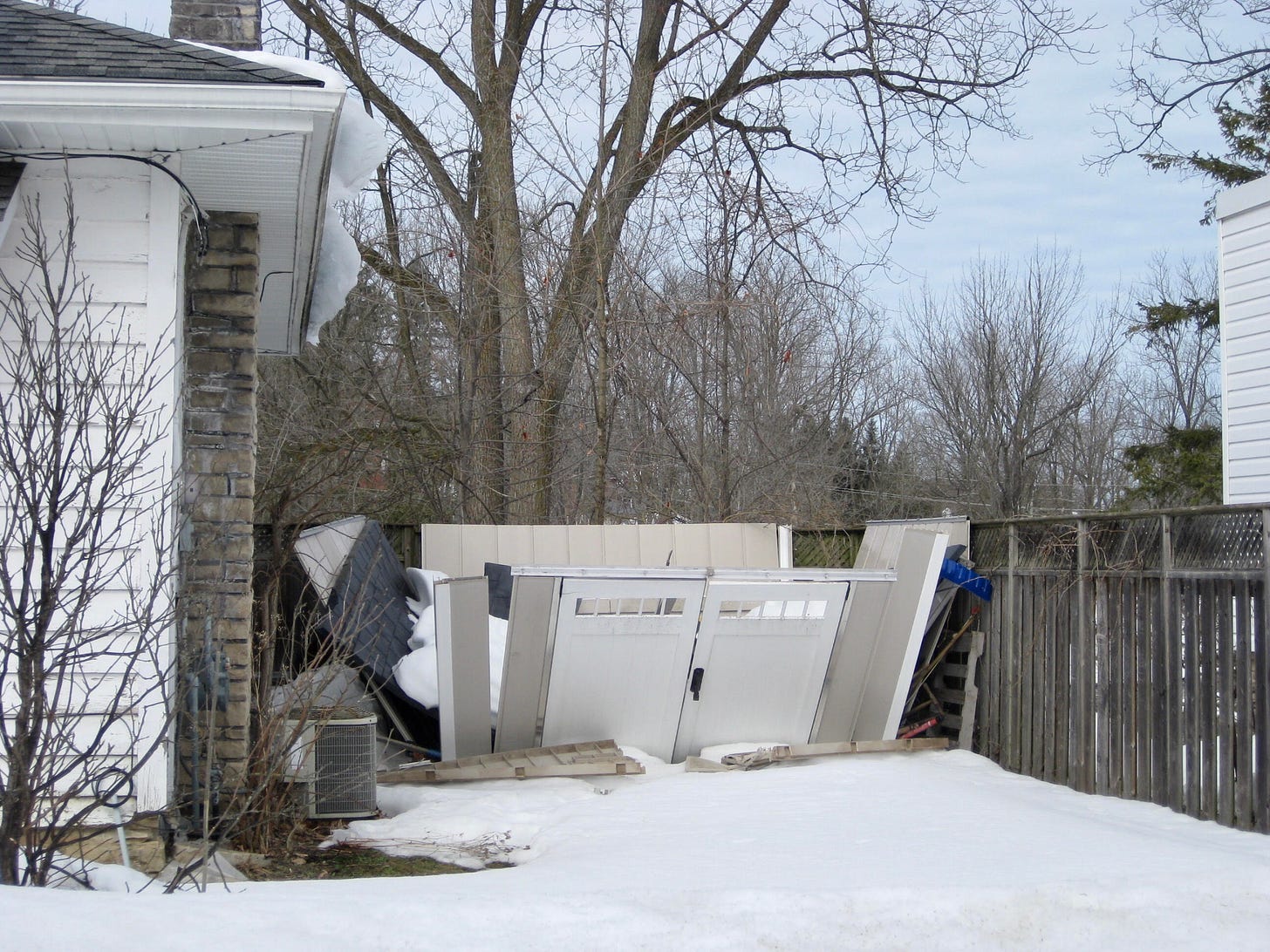Winter of Discontent: Why This Was a Bad One, And How the City Responded
Owen Sound residents saw major winter damage. David McLeish takes a look at climate factors, snowfall trends, and the city’s response to the extreme weather.
COMMUNITY CONTRIBUTION
by David McLeish
Many residents of Owen Sound have been looking at their houses and yards in dismay, wondering what happened. Based on our daily “downtown dog walk survey,” numerous houses exhibit damage from falling ice dams or snow loads. One neighbour noted that he hadn’t seen this much damage since 1984.
Gutters, sometimes includ…
Keep reading with a 7-day free trial
Subscribe to The Owen Sound Current to keep reading this post and get 7 days of free access to the full post archives.



